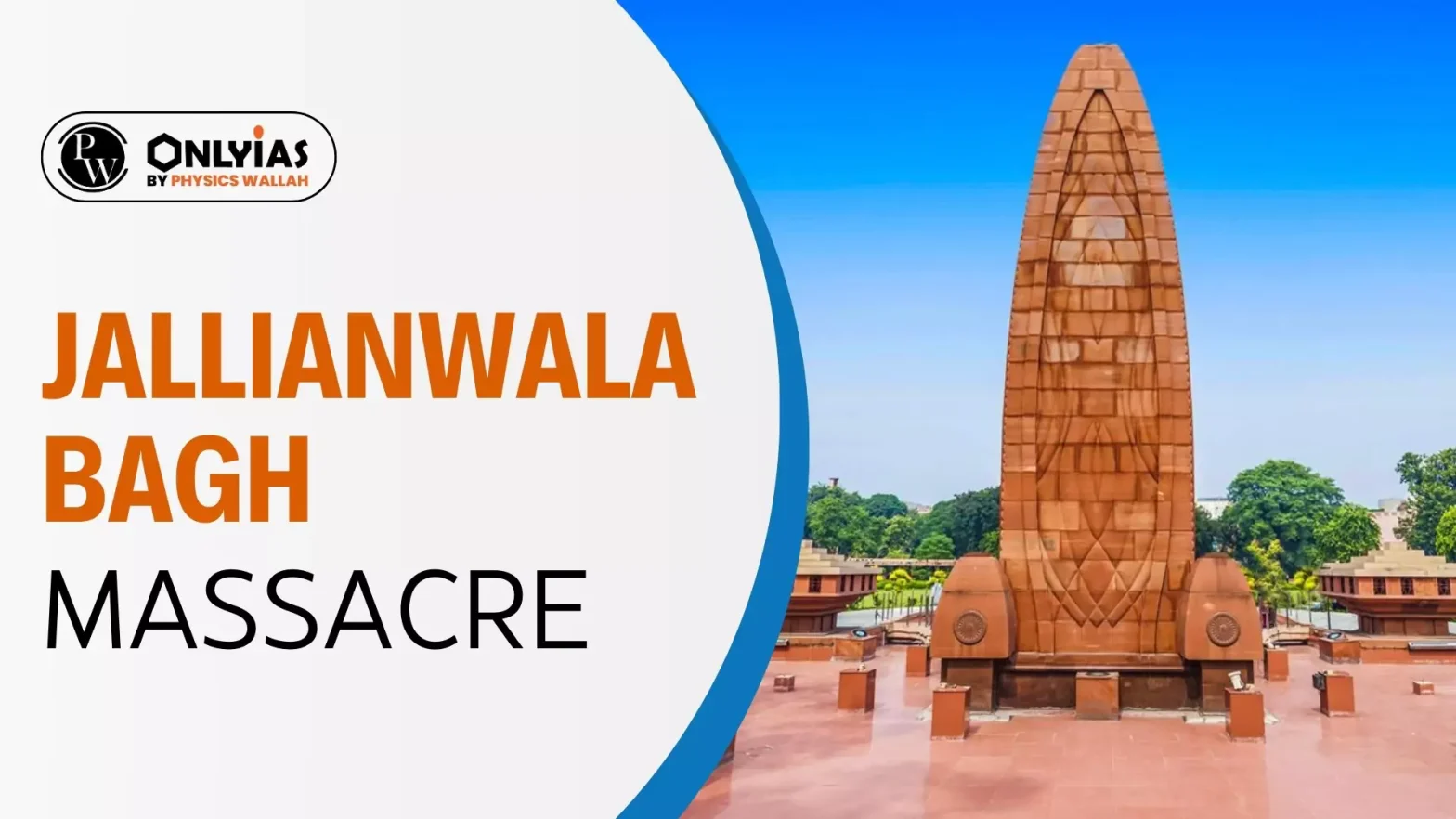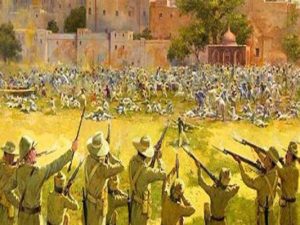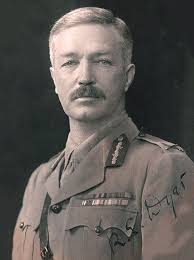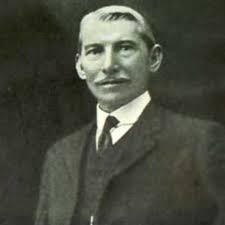Jallianwala Bagh Massacre occurred on April 13, 1919, in Amritsar, Punjab. It is one of the most tragic events and dark chapters in Indian History.

Jallianwala Bagh Massacre is one of the most tragic events in Indian history. On April 13, 1919, British troops opened fire on thousands of innocent men, women, and children gathered at Jallianwala Bagh in Amritsar, Punjab. The brutal attack, ordered by Brigadier General Reginald Dyer, resulted in hundreds of deaths and left a deep scar on India’s fight against British rule.
In 1919, the British government in India introduced the Rowlatt Act, which allowed authorities to arrest and detain people without trial. This law was widely opposed by Indian leaders, including Mahatma Gandhi, as it suppressed civil liberties.
However, many people were unaware of these restrictions and gathered at Jallianwala Bagh on April 13, 1919, which was also the festival of Baisakhi, an important day for Punjabis.

April 13, 2025, marks 106 years since the Jallianwala Bagh Massacre, a tragic event that changed the course of India’s independence struggle. On this day in 1919, thousands of innocent Indians lost their lives when British troops, under General Dyer’s orders, opened fire on an unarmed gathering in Amritsar.
Even after more than a century, the massacre remains a symbol of sacrifice, resilience, and the indomitable spirit of India’s fight for freedom. As we remember this dark chapter in history, we pay tribute to the martyrs whose sacrifices paved the way for India’s independence.
Thousands of men, women, and children assembled peacefully at Jallianwala Bagh, a public garden surrounded by high walls with only a narrow entrance. Many came to protest against the Rowlatt Act, while others were there to celebrate Baisakhi.
Brigadier General Reginald Dyer, upon hearing about the gathering, arrived at the scene with 90 soldiers armed with rifles. Without warning, he ordered them to open fire on the unarmed crowd.
The massacre left hundreds dead and over a thousand injured.
The exact number of deaths remains uncertain. The British government reported 379 deaths, while Indian estimates suggest that over 1,000 people were killed.
| Details | British Official Report | Indian Estimates |
| Total Deaths | 379 | 1,000+ |
| Total Injured | 1,200 | 1,500+ |
| Bullets Fired | 1,650 | 1,650+ |
Both Dyer and O’Dwyer played significant roles in the Jallianwala Bagh Massacre, making them infamous figures in India’s struggle for freedom. Their actions and lack of remorse fueled greater resistance against British rule, ultimately leading to India’s independence in 1947.
Brigadier-General Reginald Dyer

Brigadier-General Reginald Edward Harry Dyer was the British officer responsible for ordering the Jallianwala Bagh Massacre on April 13, 1919. He was born in 1864 in India and served in the British Indian Army.
Sir Michael O’Dwyer

Sir Michael O’Dwyer was the Lieutenant Governor of Punjab during the Jallianwala Bagh Massacre and played a key role in enforcing harsh colonial policies. Born in 1864 in Ireland, O’Dwyer was a staunch supporter of British imperial rule in India.
In response to public outcry, the British government established the Hunter Commission to investigate the incident. However, the massacre transformed many loyalists into nationalists, intensifying the demand for independence.
British Government’s Response
In response to the widespread public outrage over the Jallianwala Bagh Massacre, the British government established the Hunter Commission in October 1919 to investigate the incident. The commission was led by Lord William Hunter, a senior British official, and consisted of seven members—four British and three Indian representatives.
The massacre had long-term effects on India’s independence movement:
Today, Jallianwala Bagh is a national memorial, preserving the memory of those who lost their lives. Key features of the memorial include:
| Memorial | Description |
| The Martyrs’ Well | A well where hundreds of people jumped to escape the bullets, losing their lives. |
| Bullet Marks on Walls | The walls of Jallianwala Bagh still bear visible bullet marks from the massacre. |
| The Flame of Liberty | A symbolic structure representing India’s struggle for independence. |
| Sculptures & Murals | Artistic depictions that narrate the tragic events through intricate sculptures and murals. |
| Museum & Galleries | Displays historical photographs, documents, and artifacts, along with a daily light-and-sound show narrating the events of April 13, 1919. |
Ready to boost your UPSC NDA 2025 preparation? Join PW’s UPSC NDA online courses today!
Jallianwala Bagh is located in Amritsar, Punjab, India, near the Golden Temple.
The massacre took place on April 13, 1919, during the festival of Baisakhi.
It was a brutal response by the British to protests against the Rowlatt Act, which allowed imprisonment without trial.
Lord Chelmsford was the Viceroy of India, and Sir Michael O'Dwyer was the Lieutenant Governor of Punjab.
The Jallianwala Bagh Memorial preserves the memory of the massacre, featuring the Martyrs' Well, bullet marks on walls, sculptures, and a museum.

<div class="new-fform">
</div>